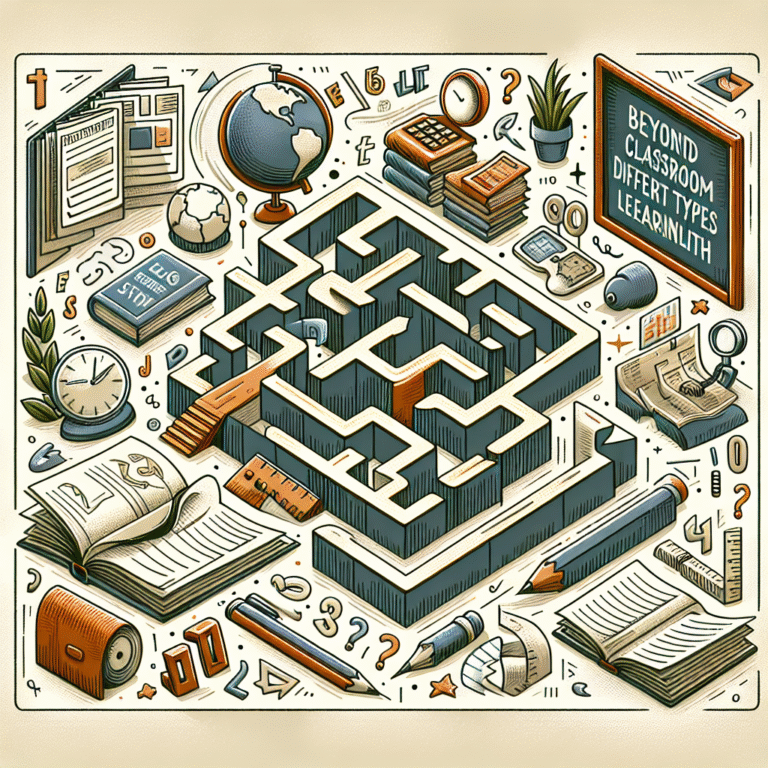
Discovering the Unseen: An Essential Journey into Psychophysics
In a world dominated by tangible experiences, the exploration of the unseen dimensions of our perceptions often gets sidelined. However, understanding the nuances of our sensory experiences can reveal profound insights into human behavior, cognition, and even design in various fields. This expedition, Beyond the Senses: Exploring the Foundations of Psychophysics, unravels the intricate relationships between stimuli and our perceptions, illustrating how this science shapes our interpretation of reality.
Table of Contents
- What is Psychophysics?
- Historical Context: The Birth of Psychophysics
- Key Principles of Psychophysics
- 3.1 The Just Noticeable Difference (JND)
- 3.2 Weber’s Law
- 3.3 Fechner’s Law
- Applications of Psychophysics in Modern Life
- 4.1 Design and User Experience
- 4.2 Marketing and Consumer Behavior
- 4.3 Medicine and Health Sciences
- Case Studies
- 5.1 The Impact of Sound on Consumer Choices
- 5.2 Color Perception in Branding
- 5.3 Pain Perception and Its Psychological Impact
- Future Directions in Psychophysics
- Conclusion
- FAQs
What is Psychophysics?
Psychophysics, fundamentally, is the study of the interrelationship between physical stimuli and the sensations and perceptions they produce. Imagine listening to your favorite song and experiencing an emotional high—psychophysics examines why and how that happens. This field investigates how we process, respond, and interpret sensory information, going beyond the senses to analyze the underlying mechanisms of perception.
Historical Context: The Birth of Psychophysics
The roots of psychophysics trace back to the early 19th century with pioneers like Gustav Fechner and Ernst Weber. These mathematicians and scientists formulated initial theories and measurements to quantify the relationships between physical stimuli and sensory responses.
- Gustav Fechner introduced the concept of measuring sensations, laying the groundwork for psychological measurements.
- Ernst Weber is known for his formulation of the Just Noticeable Difference (JND), a key principle that continues to have implications across diverse fields.
Key Principles of Psychophysics
3.1 The Just Noticeable Difference (JND)
The JND represents the smallest change in a stimulus that can be detected. Weber’s law states that the JND is a constant proportion of the original stimulus. This principle is vital for understanding why we notice changes in contrasts, volumes, or intensities—supporting various applications in fields ranging from marketing to design.
3.2 Weber’s Law
Weber’s Law highlights that the perceived change in stimulus is proportional to the original intensity of that stimulus. As a practical application, it can explain why a small change in a bright light might be perceived differently compared to a change in dim light.
3.3 Fechner’s Law
Fechner expanded upon Weber’s ideas, proposing that sensation grows logarithmically with stimulus intensity. This concept underscores many aspects of sensory perception, suggesting that as we experience more intense stimuli, our response levels off.
Applications of Psychophysics in Modern Life
4.1 Design and User Experience
In today’s digital age, user experience (UX) design heavily relies on psychophysical principles. Understanding how users perceive colors, sounds, and interface layouts shapes designs that capture attention and evoke emotions. Companies harness these insights to create intuitive and engaging experiences, ensuring that users can navigate effortlessly through apps and websites.
4.2 Marketing and Consumer Behavior
Psychophysics is instrumental in crafting powerful marketing strategies. By understanding perceptual thresholds, marketers can create advertisements that maximize impact. For instance, studies show that slightly increasing the volume of a jingle can significantly improve recall and purchase intent.
4.3 Medicine and Health Sciences
In the medical field, psychophysics informs pain management strategies and the design of prosthetics. Deciphering how patients perceive pain allows for more effective treatment protocols, while insights from psychophysics can lead to advancements in the usability of medical devices.
Case Studies
5.1 The Impact of Sound on Consumer Choices
A study conducted by researchers at the University of Florida demonstrated how background music affects consumer behavior. Participants exposed to classical music spent significantly more on luxury items compared to those listening to pop music. This finding showcases a direct link between auditory stimuli and decision-making processes, emphasizing the importance of psychophysics in marketing strategies.
5.2 Color Perception in Branding
Research from the University of Loyola found that color increases brand recognition by 80%. The study reveals how different colors elicit various emotions, influencing consumer choices. For instance, blue evokes trust, while red stimulates excitement. Understanding these associations allows brands to design effective logos while enhancing their market reach.
5.3 Pain Perception and Its Psychological Impact
A significant case study analyzed patients undergoing surgical procedures. It showed that those who received sensory distractions—like virtual reality experiences—reported lower pain levels during recovery. This illustrates psychophysics’ role in understanding pain management and enhancing patient care using non-invasive methods.
Future Directions in Psychophysics
As technology advances, psychophysics will increasingly intersect with fields like artificial intelligence and virtual reality. These sectors will provide opportunities for exploring the foundations of psychophysics through immersive experiences. By investigating how users perceive virtual environments, researchers can refine digital interfaces and enhance user engagement.
Conclusion
Beyond the Senses: Exploring the Foundations of Psychophysics reveals the intricate networks that connect our physical world to our perceptions. As we unwrap these layers, we uncover valuable insights that can influence various sectors such as design, marketing, and healthcare. Embracing this knowledge empowers us to make more informed decisions in fields reliant on human interaction and perception.
FAQs
1. What is the primary focus of psychophysics?
Psychophysics focuses on measuring the relationship between physical stimuli and the sensations and perceptions they evoke in humans.
2. Who founded the field of psychophysics?
Gustav Fechner is considered the father of psychophysics, with foundational work carried out alongside Ernst Weber in the 19th century.
3. How does psychophysics impact marketing strategies?
Psychophysics informs marketers about consumer perceptions, helping them create engaging advertisements by aligning stimuli with audience reactions.
4. What is the Just Noticeable Difference?
The Just Noticeable Difference (JND) is the smallest amount of change in a stimulus that can be perceived by an observer.
5. How can psychophysics be applied in user experience design?
Psychophysical principles guide designers in creating intuitive experiences by understanding how users perceive stimuli like color, sound, and layout.
This exploration of psychophysics not only deepens our understanding of human perception but also empowers us to innovate and adapt in an ever-evolving world. Engage with these principles, and you can start transforming your own experiences and those of others around you.














